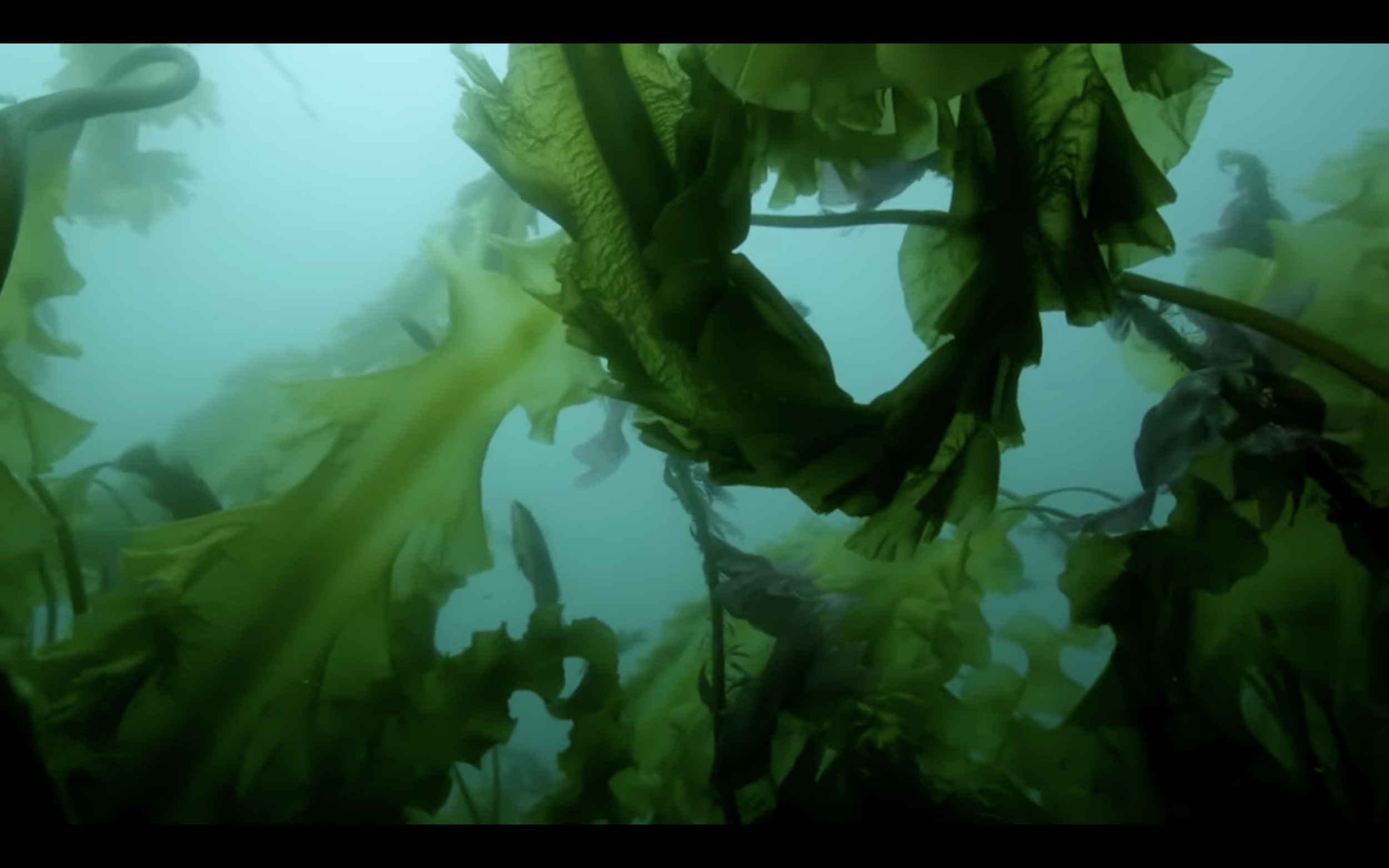Photograph of Cashes Ledge by Brett Seymour, courtesy of Conservation Law Foundation.
Cashes Ledge’s ancient kelp forests are located in the heart of the Gulf of Maine.
Renowned marine biologist Dr. Sylvia Earle declared Cashes Ledge the “Yellowstone of the North Atlantic.”
An irreplaceable last-of-its-kind ecosystem…
The Cashes Ledge Area provides a rare opportunity to observe what the Gulf of Maine looked like before experiencing the impacts of climate change — providing us with a glimpse of a vibrant marine ecosystem before warming ocean temperatures and increasing ocean acidification, as well as extractive or otherwise damaging activities.
Teeming with biodiversity, average fish biomass has been shown to be 305 times greater than in coastal kelp communities. A wide variety of species and whales are observed in the area, including the critically endangered North Atlantic right whale and endangered sei whale.
Permanently protecting Cashes Ledge would help build climate resilience in the greater Gulf of Maine ecosystem, providing much-needed refuge for an astounding diversity of marine life.
Please click below to watch a very brief video about the importance of protecting this critical marine ecosystem.
Cashes Ledge:
Photograph of sea stars at Cashes Ledge by Brian Skerry, courtesy of Conservation Law Foundation.
What is Cashes Ledge’s current status? Seeking designation as a National Marine Sanctuary …
According to over 150 professors and marine scientists who signed a letter championing Cashes Ledge’s application for nomination as a National Marine Sanctuary, “Securing long-lasting protections for this important ocean wonder is vital in our rapidly changing ocean.”
You can read the scientists’ full letter here.
To learn more about existing efforts to forever protect Cashes Ledge as a National Marine Sanctuary, please visit Conservation Law Foundation's webpage.

Photograph of Cashes Ledge by Jenny Adler, courtesy of Conservation Law Foundation.


